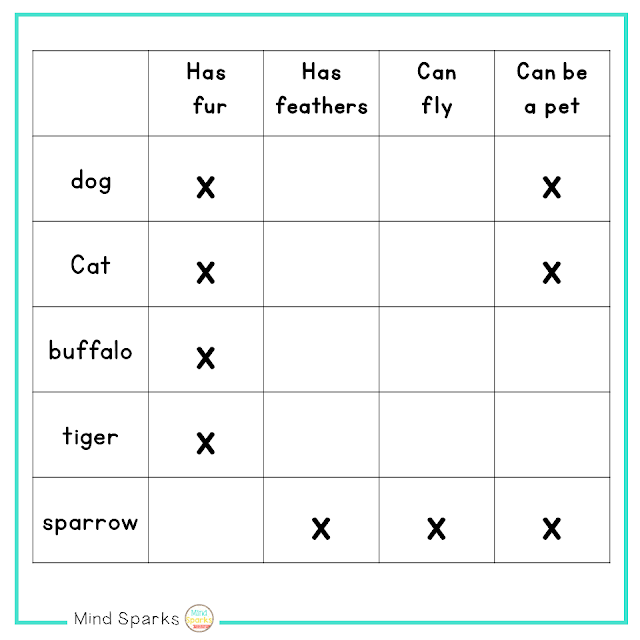Standardized testing season is upon us again.....
I have a love/hate relationship with testing. I loathe the pressure that students and teachers might feel, but I also love celebrating the academic gains students make.
Like many in education, I don't believe a singular test score defines a student. However, I do believe we need data on students to determine what needs the student may have. Test scores also give us data on school and curriculum performance.
Is the curriculum addressing the standards?
Is the curriculum rigorous enough?
Do we have areas we need to supplement?
Is effective instruction being provided?
Test scores help us ensure that students are being served, and that tax payers are getting a good return on their investment.
With that being said, I also want to make sure students don't feel stress yet are motivated to perform at their best. To ease testing anxiety, and give my kiddos a little extra encouragement I surprise them with a fun treat whenever we have an assessment.
The gesture isn't much, but it sure makes the students smile. AND...one smile is worth it...right?!?
Additionally, the younger grades in my building "adopt" an older grade. The younger students write positive notes to each student, draw them pictures and decorate the classroom with motivational posters!
Check out this list of motivational ideas from Engage to Learn. Dr. Luz Martinez, an associate superintendent at Midland ISD in Texas with 25 years of experience in education, shares a list of over 15 ways to motivate students before AND after high stakes testing.
If you are interested in lifting your kids up a little extra during testing season, check out these treat tags on TPT. For under three dollars you get FIFTEEN different sayings!
Best of luck during this testing season!













